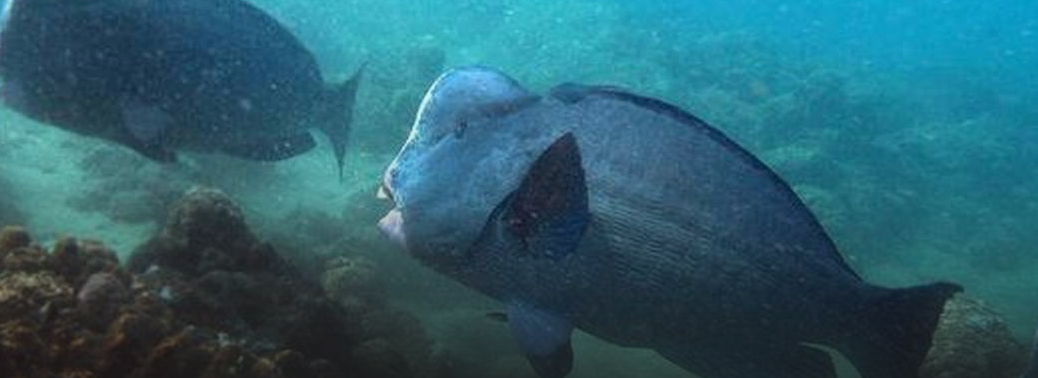Protected areas matter to bump head parrot fish
24, Mar 2019

Prelims level : Animal Species
Mains level : GS – III Conservation, environmental pollution and degradation, environmental impact assessment.
The survival of the threatened bumphead parrotfish in the Andaman and Nicobar Islands hinges on the persistence of coral reefs and presence of marine protected areas. Implementing fishing regulations could help its population bounce back.
The Bumpheads:
- Bumpheads are the world’s largest parrotfish.
- Ramming its enormous green head against corals to dislodge them, a single bumphead can nibble up to five tonnes of coral every year.
- Though seemingly destructive, this activity promotes coral growth and keeps reef ecosystems healthy. However, numbers of bumphead parrotfish have decreased worldwide.
- Overfishing is a concern, for the fish are highly prized catches.
Threats
- A large body size, aggregating behaviour and limited activity at night make B. muricatum an easy target for spear-fishers.
- Combined with slow growth and low replacement rates, this has resulted in population decline across the Indo-Pacific and Red Sea region.
- The study reports that the presence of a protected area, live coral and algal cover, significantly influenced the distribution and abundance of
- Incidental catch by fishers and degradation of coral reef habitats are two potential threats to the species.
- Evidence of low abundance of muricatumon ocean reefs surrounded by deep waters, and traits such as limited dispersal and gregariousness, could also have influenced the distribution and abundance of this fish.
- The findings suggest the necessity to ban night fishing for the species and to implement regulations regarding reef fishing.






